Home>Furniture>Bedroom Furniture>What Is A Low Profile Bed Frame
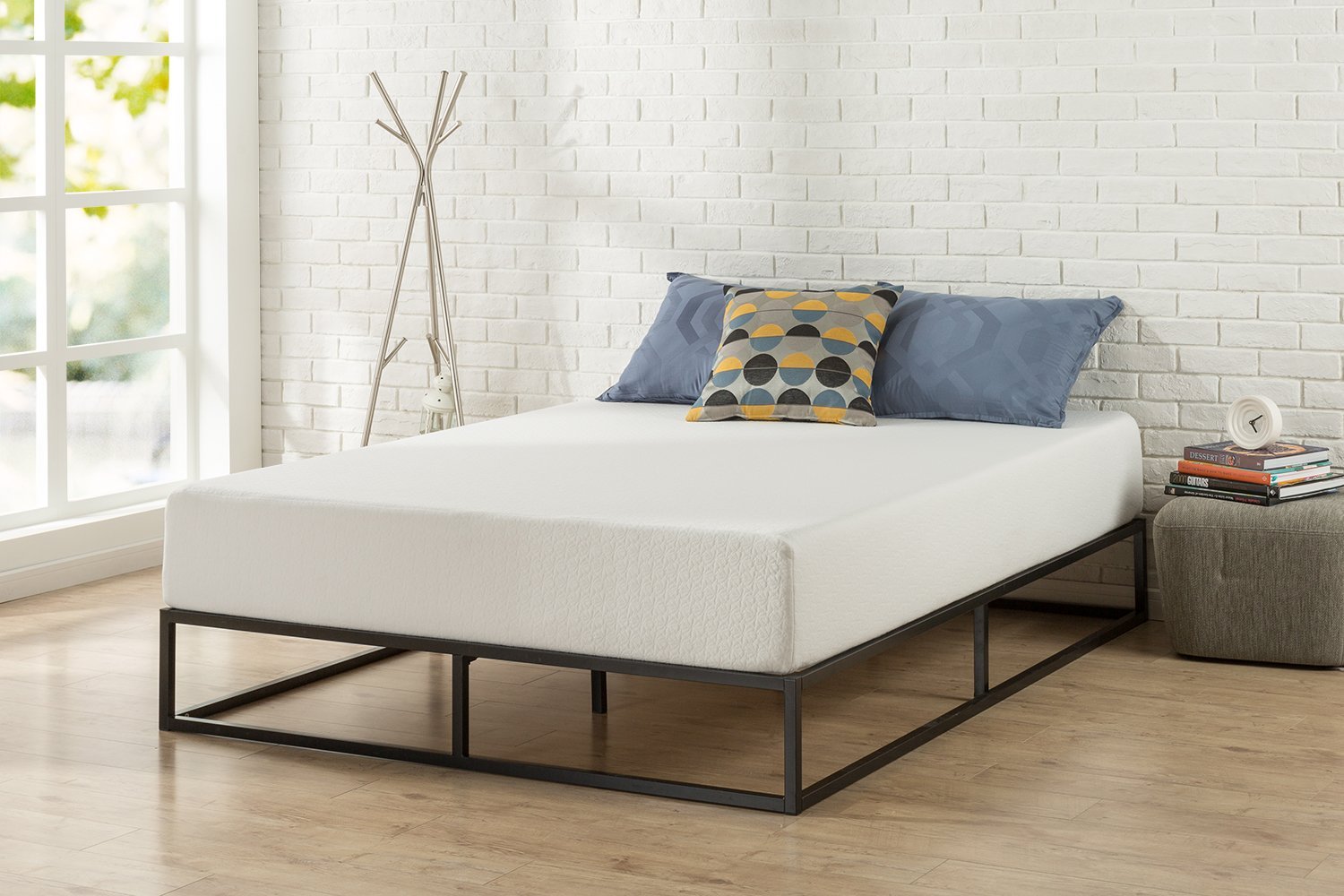

Bedroom Furniture
What Is A Low Profile Bed Frame
Modified: December 7, 2023
Discover the benefits of low profile bed frame for your bedroom. Upgrade your bedroom furniture with a stylish and space-saving solution.
(Many of the links in this article redirect to a specific reviewed product. Your purchase of these products through affiliate links helps to generate commission for Storables.com, at no extra cost. Learn more)
Introduction
A bed is more than just a place to sleep; it is a sanctuary where you can relax, unwind, and recharge. And when it comes to creating the perfect bedroom retreat, the right bed frame plays a crucial role. One popular option that has gained traction in recent years is the low profile bed frame.
A low profile bed frame, as the name suggests, is a bed frame that sits closer to the ground compared to standard bed frames. This sleek and minimalist design has become increasingly popular due to its modern aesthetic and space-saving benefits. But what exactly is a low profile bed frame, and why should you consider investing in one? In this article, we will delve into the world of low profile bed frames, exploring their advantages, disadvantages, and what to consider before purchasing one.
So, whether you’re looking to update your bedroom decor, maximize your space, or simply add a touch of elegance to your sleeping area, read on to discover the ins and outs of low profile bed frames. By the end, you’ll have all the information you need to make an informed decision and transform your bedroom into the inviting haven you’ve always dreamed of.
Key Takeaways:
- Low profile bed frames offer a modern, space-saving, and versatile option for bedroom decor, providing a sleek and minimalist aesthetic with easy accessibility and affordability.
- When choosing a low profile bed frame, consider factors such as size, material, support, and style to ensure it aligns with your needs and preferences, and follow installation instructions for a stable and stylish bedroom retreat.
Read also: 14 Amazing Low Profile Bed Frame for 2024
Definition of a Low Profile Bed Frame
A low profile bed frame is a type of bed frame that is designed to sit closer to the ground than traditional bed frames. Unlike regular bed frames that typically have a higher profile and may feature a headboard and footboard, low profile bed frames have a more minimalistic and streamlined design.
Low profile bed frames are often characterized by their low height and lack of decorative elements. They are typically made of sturdy materials such as wood, metal, or a combination of both, and are available in various sizes to accommodate different mattress sizes. Some low profile bed frames may also feature additional storage options, such as under-bed drawers or shelves, to maximize space utilization.
Elegance and simplicity are the hallmarks of a low profile bed frame. This design aesthetic not only adds a touch of modernity to your bedroom decor, but it also creates a sense of openness and spaciousness. By eliminating the bulkiness of traditional bed frames, low profile bed frames can help create a visually lighter and more airy atmosphere in your bedroom.
Furthermore, low profile bed frames are often favored for their versatility. Their minimalist design allows them to seamlessly blend in with a wide range of bedroom styles, from contemporary and minimalist to transitional and rustic. Whether you have a small bedroom that requires space-saving solutions or you simply prefer a sleek and uncluttered look, a low profile bed frame can be an ideal choice.
Overall, a low profile bed frame offers a combination of functionality, style, and versatility, making it a popular option for those seeking a modern and understated bed frame design. Now that we understand what a low profile bed frame is, let’s explore its advantages and disadvantages.
Advantages of Low Profile Bed Frames
Low profile bed frames offer several advantages that make them a popular choice among homeowners. Let’s explore some of the key benefits:
- Modern and Stylish: Low profile bed frames have a sleek and minimalist design that adds a touch of modernity to any bedroom decor. Their clean lines and low height create a contemporary and visually appealing aesthetic.
- Space-saving: Compared to traditional bed frames with high profiles, low profile bed frames sit closer to the ground, making them an excellent option for rooms with low ceilings or limited space. They create a more open and spacious feel in the room, making it appear larger than it actually is.
- Easy access: The low height of the bed frame makes it easier to get in and out of bed, especially for individuals with mobility issues or for elderly individuals who may find it difficult to climb onto a higher platform.
- Versatile: Low profile bed frames blend seamlessly with various bedroom styles, from modern and minimalist to traditional and rustic. This versatility allows you to update your bedroom decor without having to change the entire bed frame.
- Supportive: Despite their low height, low profile bed frames are designed to provide adequate support and stability for your mattress. They are constructed using sturdy materials and innovative engineering techniques, ensuring that your mattress stays securely in place and offers optimal comfort.
- Affordable: In comparison to elaborate and ornate bed frames, low profile bed frames are often more affordable. This affordability makes them an attractive option for homeowners looking to update their bedroom on a budget.
Considering these advantages, it’s no wonder that low profile bed frames have gained popularity among homeowners seeking a stylish, functional, and space-saving bed frame option. However, it’s important to be aware of the potential downsides as well. In the next section, we’ll explore the disadvantages of low profile bed frames.
Disadvantages of Low Profile Bed Frames
While low profile bed frames offer numerous benefits, they may not be the perfect choice for everyone. It’s important to consider the potential disadvantages before deciding on a low profile bed frame. Here are a few drawbacks to keep in mind:
- Limited Under-Bed Storage: Due to their lower height, low profile bed frames offer less space for under-bed storage compared to traditional bed frames. If you require ample storage space for items such as bedding, seasonal clothes, or extra pillows, a low profile bed frame may not meet your needs.
- Less Decorative Elements: Low profile bed frames often have a more minimalistic design, which means they may lack decorative elements such as a headboard or footboard. If you prefer a bed frame with decorative features that add visual interest to your bedroom, a low profile bed frame may not be the best choice.
- Lower Profile: While the low height of a low profile bed frame can be advantageous in terms of accessibility, it may pose challenges for some individuals. People with back or knee issues may find it more difficult to get up from a lower bed, as it requires more effort compared to a higher bed frame.
- Limited Style Options: While low profile bed frames can seamlessly blend with various bedroom styles, they may not offer as wide a range of style options compared to traditional bed frames. If you have a specific design aesthetic in mind that requires intricate detailing or a specific type of wood or metal, a low profile bed frame may not provide the variety you desire.
- Less Height Variation: Low profile bed frames typically have a standard height, which may not be adjustable. If you prefer to have the flexibility to adjust the height of your bed frame based on your comfort preferences or specific health requirements, a low profile bed frame may not be the best choice.
Considering these drawbacks, it’s essential to weigh the advantages and disadvantages of a low profile bed frame to determine if it aligns with your specific needs and preferences. Despite the potential drawbacks, many individuals find that the benefits of a low profile bed frame outweigh the disadvantages.
Now that we have explored the advantages and disadvantages of low profile bed frames, let’s dive into the factors you should consider before purchasing one.
When looking for a low profile bed frame, consider the height of the frame to ensure it will fit well in your space and provide easy access to the bed. Also, check the weight capacity to ensure it can support your mattress and sleepers.
Factors to Consider Before Purchasing a Low Profile Bed Frame
Choosing the right low profile bed frame involves considering various factors to ensure that it meets your specific needs and preferences. Here are some key factors to keep in mind before making a purchase:
- Size: Determine the appropriate size of the bed frame based on your mattress size. Low profile bed frames come in standard sizes, such as twin, full, queen, and king, so be sure to choose the one that fits your mattress dimensions.
- Material: Low profile bed frames are available in different materials, such as wood, metal, or a combination of both. Consider the durability, aesthetics, and maintenance requirements of each material to select the one that suits your preferences and complements your bedroom decor.
- Style: Decide on the style of the low profile bed frame that matches your bedroom aesthetic. Whether you prefer a modern, minimalist design or a more traditional, rustic look, choose a bed frame that enhances the overall ambiance of your bedroom.
- Support: Assess the support system offered by the low profile bed frame. Look for features such as a sturdy frame, robust slats, or additional center support legs to ensure that your mattress is well-supported and maintains its shape over time.
- Assembly and Installation: Consider the ease of assembly and installation. Some low profile bed frames may require more complex assembly procedures, while others come with simple instructions and tools that make the process hassle-free.
- Budget: Determine your budget for a low profile bed frame and search for options within that range. Remember to consider the quality and durability of the bed frame to ensure that you are making a worthwhile investment.
- Additional Features: Consider any additional features you may desire, such as under-bed storage, built-in LED lighting, or adjustable headrests. These features can enhance the functionality and convenience of your low profile bed frame.
By considering these factors, you can narrow down your options and choose a low profile bed frame that aligns with your specific needs, style preferences, and budget. It’s important to take your time during the decision-making process to ensure that you select a bed frame that not only enhances your bedroom decor but also provides comfort and support for a good night’s sleep.
Now that you are aware of the factors to consider before purchasing a low profile bed frame, let’s move on to some helpful tips for choosing the right one.
Read more: What Is A Low Profile Mattress
Tips for Choosing the Right Low Profile Bed Frame
Choosing the right low profile bed frame can greatly enhance the functionality and aesthetic appeal of your bedroom. To help you make an informed decision, here are some valuable tips to consider:
- Measure Your Space: Before purchasing a low profile bed frame, measure your bedroom space to ensure that it can accommodate the size of the bed frame and leave enough room for easy movement.
- Consider Your Mattress: Take into account the type and thickness of your mattress. Some low profile bed frames may require specific mattress heights to maintain aesthetic balance and provide optimal comfort.
- Research Different Materials: Explore various materials commonly used in low profile bed frames, such as wood or metal, and consider their durability, maintenance requirements, and aesthetic appeal. Choose a material that complements your bedroom decor and meets your preferences.
- Test for Sturdiness: If possible, visit a showroom or store to physically test the sturdiness of the bed frame. Give it a gentle shake to ensure that it feels stable and can support your weight and mattress without any wobbling or creaking.
- Read Customer Reviews: Research and read customer reviews of different low profile bed frames to gather insights on their quality, comfort, and durability. Pay attention to feedback related to assembly, structural integrity, and overall customer satisfaction.
- Consider Storage Needs: If you require additional storage space, look for a low profile bed frame with built-in drawers or shelves. These features can help maximize space utilization and reduce clutter in your bedroom.
- Check Assembly Requirements: Review the assembly instructions and requirements for the low profile bed frame before making a purchase. Ensure that the assembly process is manageable and that you have the necessary tools and skills to put it together.
- Set a Budget: Determine your budget and look for options within that range. Consider the overall value and quality of the bed frame rather than opting for the cheapest option available.
- Consider Your Bedroom Style: Take into account your existing bedroom decor and choose a low profile bed frame that complements the overall style. Whether you prefer a modern, contemporary look or a more traditional aesthetic, select a bed frame that enhances the ambiance of your space.
- Look for Warranty: Check if the low profile bed frame comes with a warranty. A warranty can provide peace of mind and protect you in case of any structural defects or issues with the bed frame.
By following these tips, you can make a well-informed decision and select a low profile bed frame that meets your specific needs, preferences, and budget. Now, let’s move on to the installation process of a low profile bed frame.
How to Install a Low Profile Bed Frame
Installing a low profile bed frame may seem like a daunting task, but with the right tools and instructions, it can be a straightforward process. Here is a general guide to help you install your low profile bed frame:
- Gather Your Tools: Before you begin, gather all the necessary tools, including a screwdriver, wrench, and any additional hardware provided with the bed frame.
- Clear the Area: Clear the area where you plan to set up the bed frame. Ensure that there is enough space to maneuver and assemble the frame easily.
- Identify the Parts: Lay out all the parts of the low profile bed frame and identify each piece according to the assembly instructions. This will help you assemble the frame correctly.
- Follow the Instructions: Carefully read and follow the assembly instructions provided by the manufacturer. Each bed frame may have slightly different assembly processes, so it’s essential to follow the specific instructions for your model.
- Attach the Legs or Base: Start by attaching the legs or base of the bed frame to the designated corners. Use the provided hardware and tools to secure the pieces firmly in place.
- Connect the Side Rails: Once the legs or base are securely attached, connect the side rails to each end of the bed frame. Insert any necessary connectors or screws to ensure stability.
- Install the Center Support: If your low profile bed frame includes a center support, install it according to the instructions. The center support helps distribute the weight evenly and provides added stability.
- Secure the Slats: Place the slats across the width of the bed frame, perpendicular to the side rails. Use the provided screws or connectors to secure the slats in place, ensuring they are evenly spaced and adequately supported.
- Double-Check and Tighten: Once all the components are in place, double-check that all the screws and connectors are tightened securely. This will ensure that the bed frame is stable and safe for use.
- Add the Mattress: Once the bed frame is fully assembled, place your mattress on top, ensuring that it is centered and aligned properly.
- Test for Stability: Before using the bed frame, give it a gentle shake to test for stability and ensure that all parts are securely in place.
Remember to refer to the specific instructions provided with your low profile bed frame for any additional steps or variations in the assembly process. If you encounter any difficulties or are unsure about a particular step, consult the manufacturer’s customer support or seek professional assistance.
With a well-assembled low profile bed frame, you’ll be one step closer to enjoying a comfortable and stylish bedroom retreat. Now let’s wrap up our discussion.
Conclusion
A low profile bed frame can be a great addition to your bedroom, offering a modern and minimalist aesthetic while maximizing your space. By sitting closer to the ground, a low profile bed frame creates a visually appealing and spacious atmosphere. It also provides several advantages, including easy accessibility, versatility in style, and affordability.
However, it’s important to consider the potential drawbacks of a low profile bed frame, such as limited under-bed storage and minimal decorative elements. It’s crucial to carefully evaluate your specific needs and preferences before making a decision.
When selecting a low profile bed frame, remember to consider factors such as the size, material, support, and style that align with your bedroom decor and personal preferences. Take your time to research different options, read customer reviews, and consider your budget before making a final decision.
Installing a low profile bed frame can be a relatively straightforward process if you follow the provided instructions and use the correct tools. Ensure that you assemble the frame correctly, secure the components tightly, and test the stability before using it with your mattress.
Overall, a low profile bed frame can be an excellent choice for those seeking a stylish, space-saving, and functional bed frame option. It offers a contemporary and sleek look that can enhance the overall ambiance of your bedroom.
Now that you have a better understanding of low profile bed frames, their advantages and disadvantages, factors to consider before purchasing one, and how to install them, you can confidently make an informed decision. With the right low profile bed frame, you’ll be well on your way to creating a comfortable and visually appealing bedroom retreat.
Frequently Asked Questions about What Is A Low Profile Bed Frame
Was this page helpful?
At Storables.com, we guarantee accurate and reliable information. Our content, validated by Expert Board Contributors, is crafted following stringent Editorial Policies. We're committed to providing you with well-researched, expert-backed insights for all your informational needs.
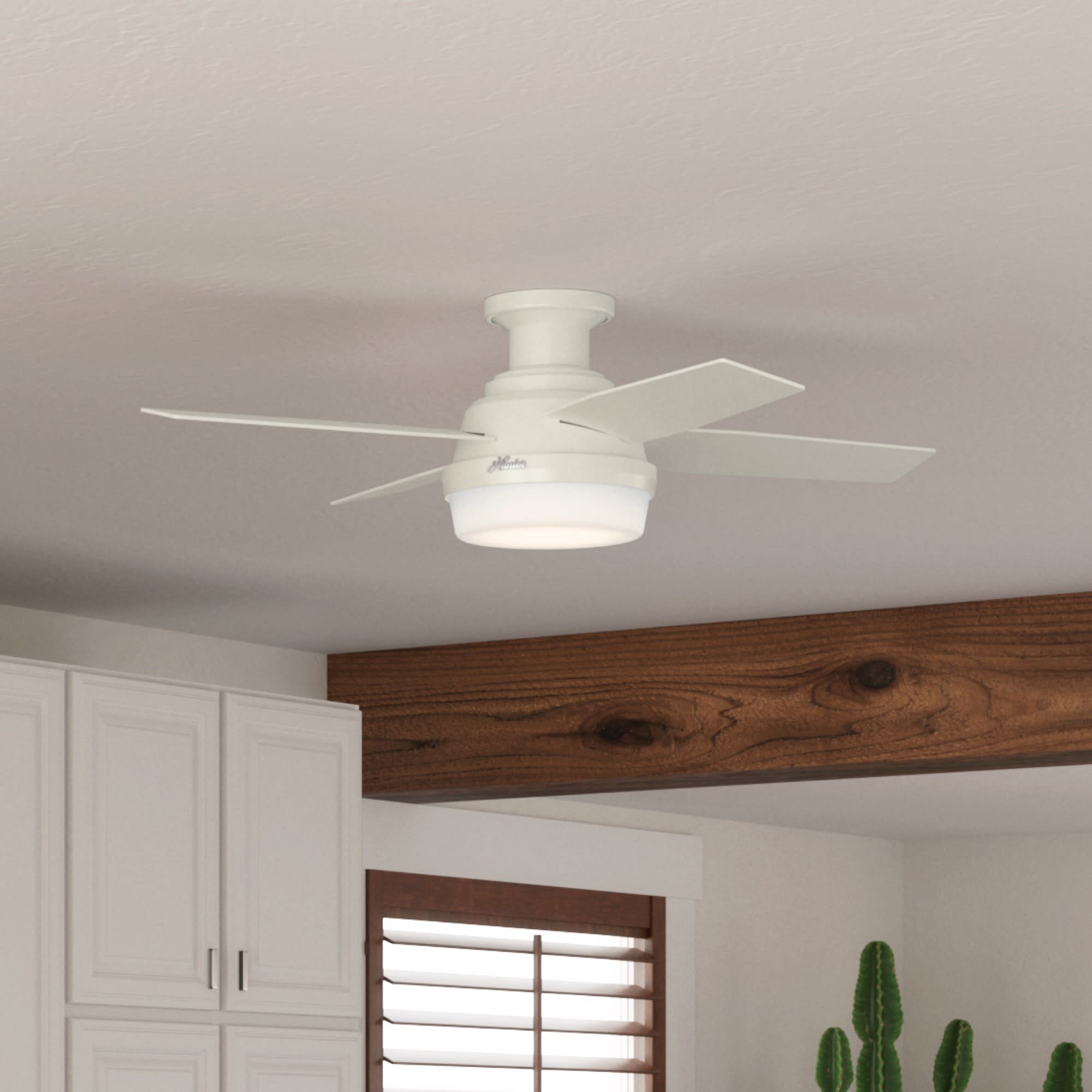
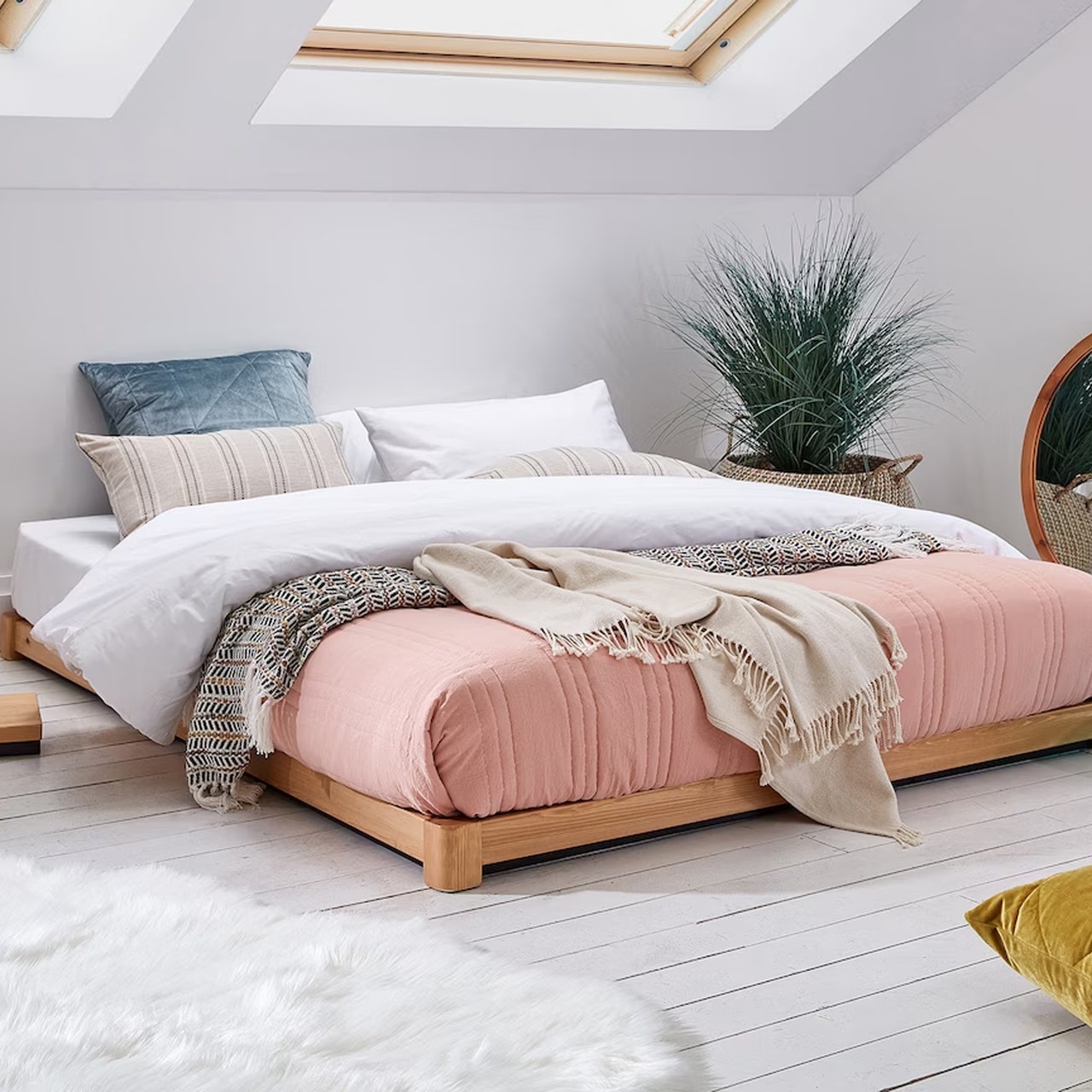
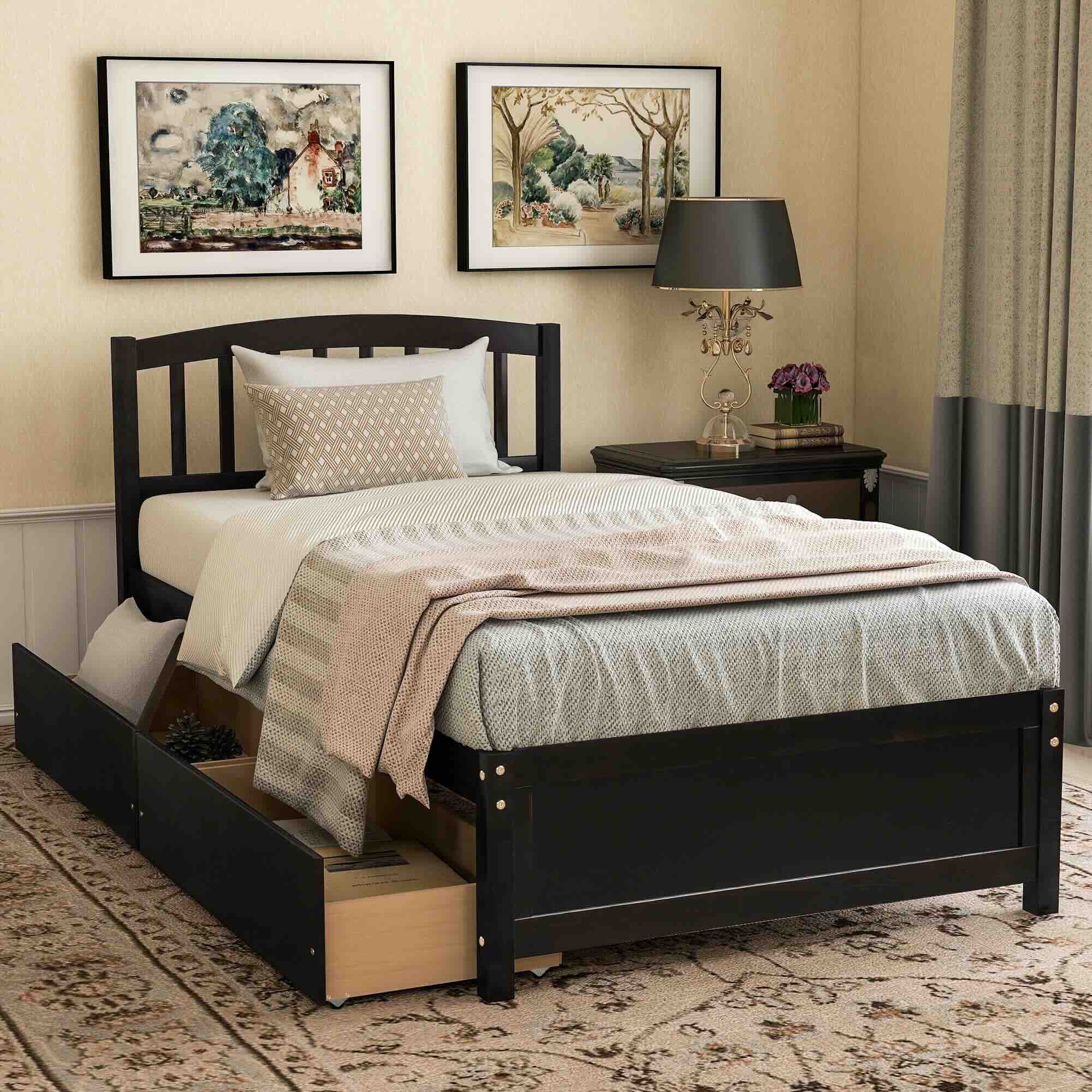
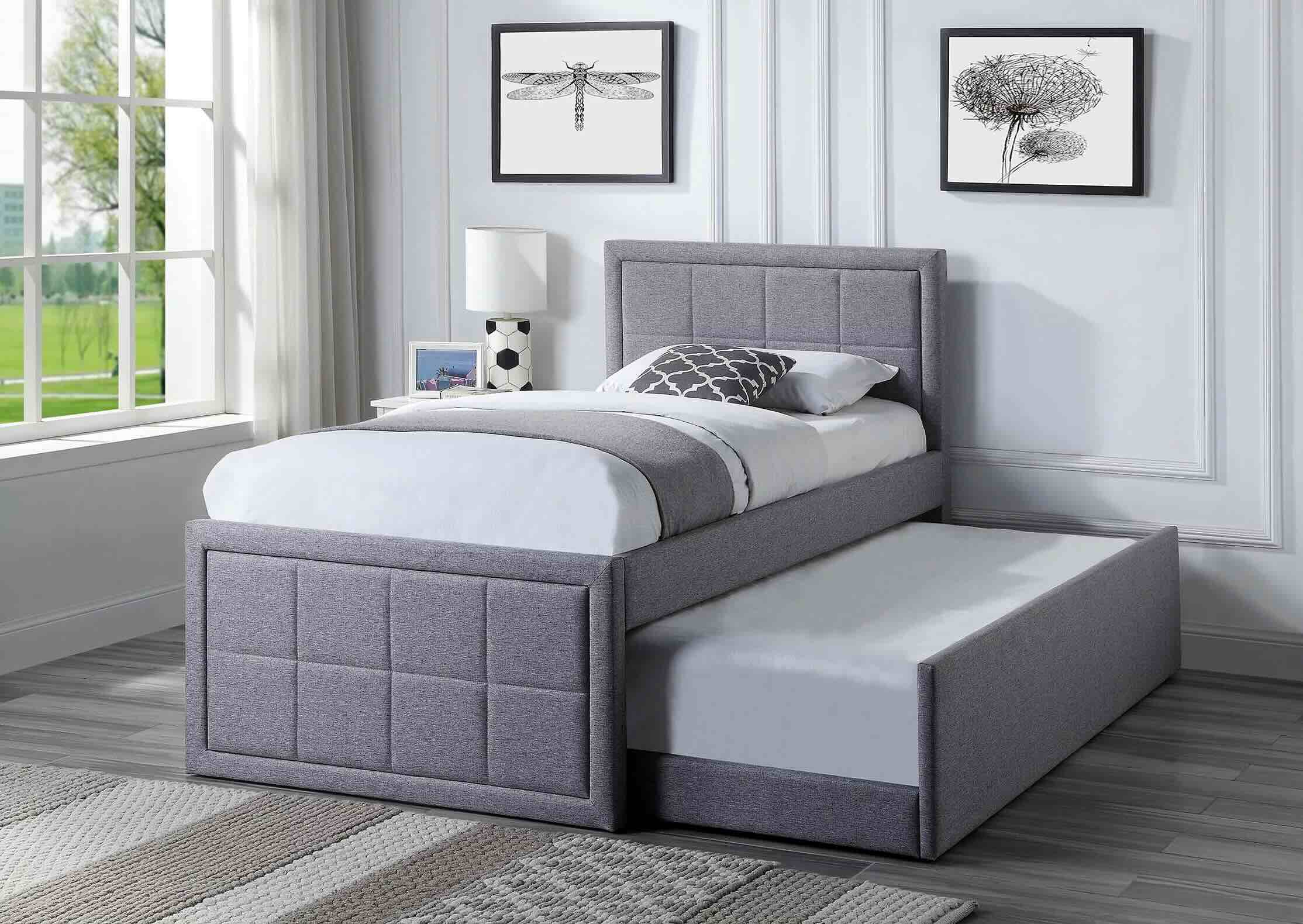
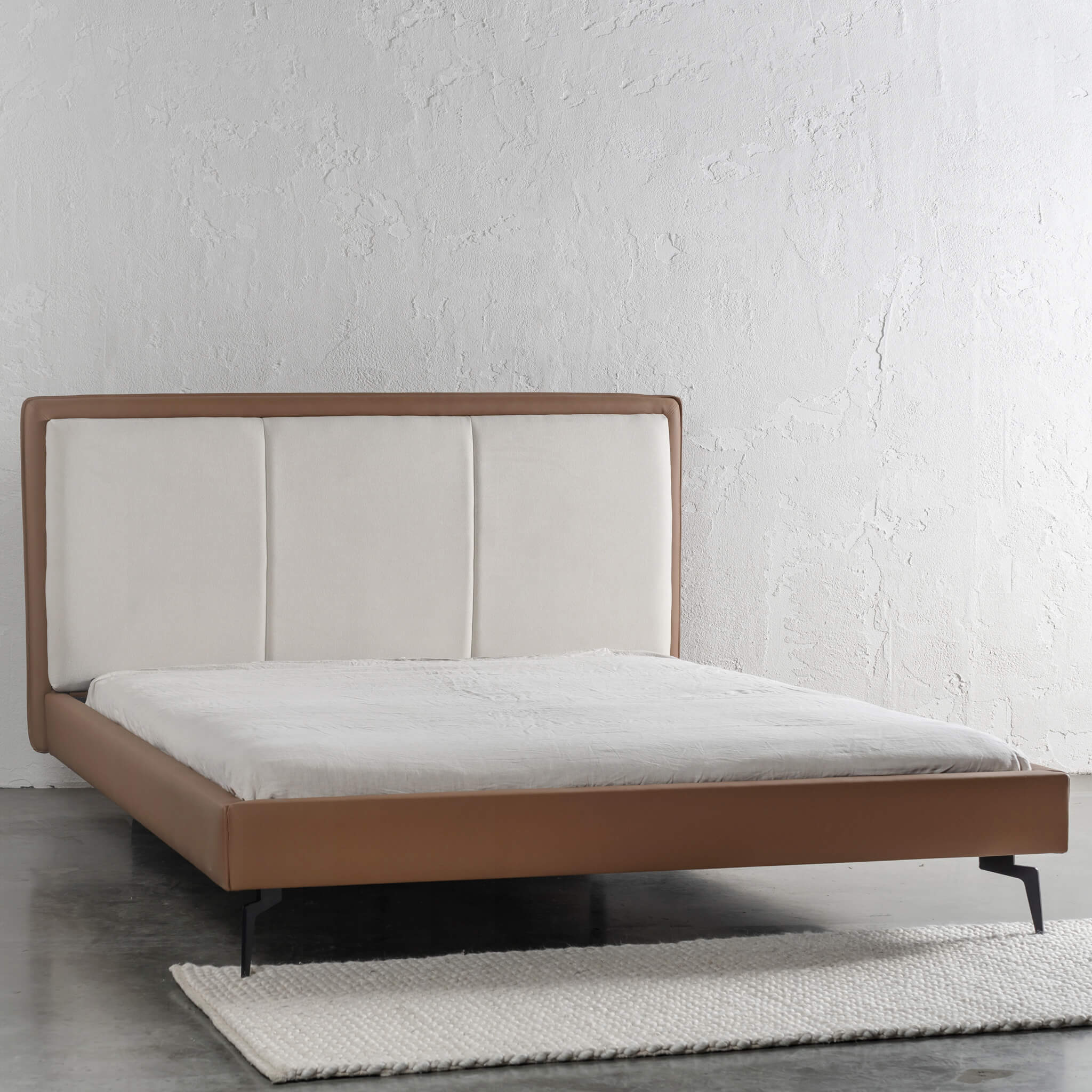
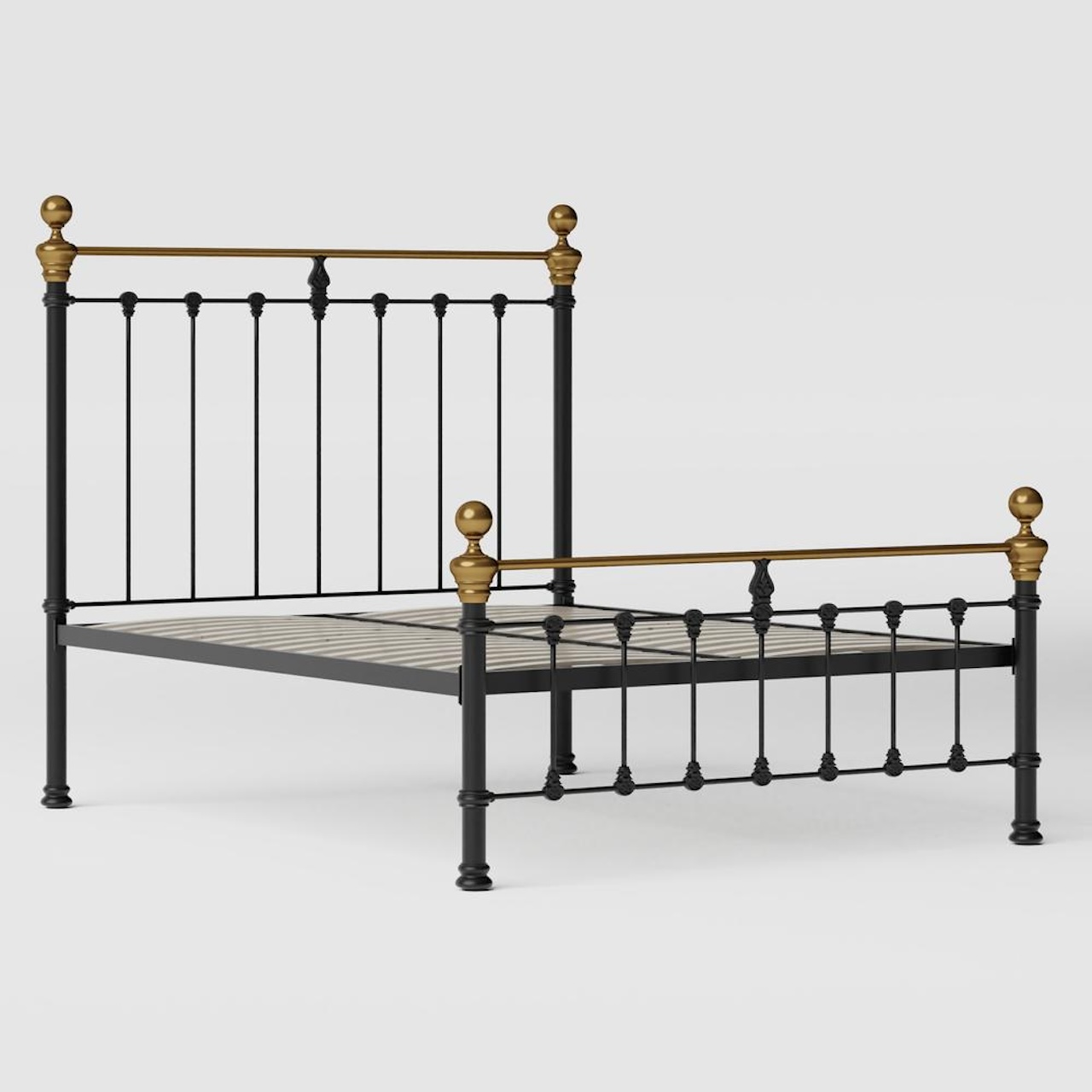
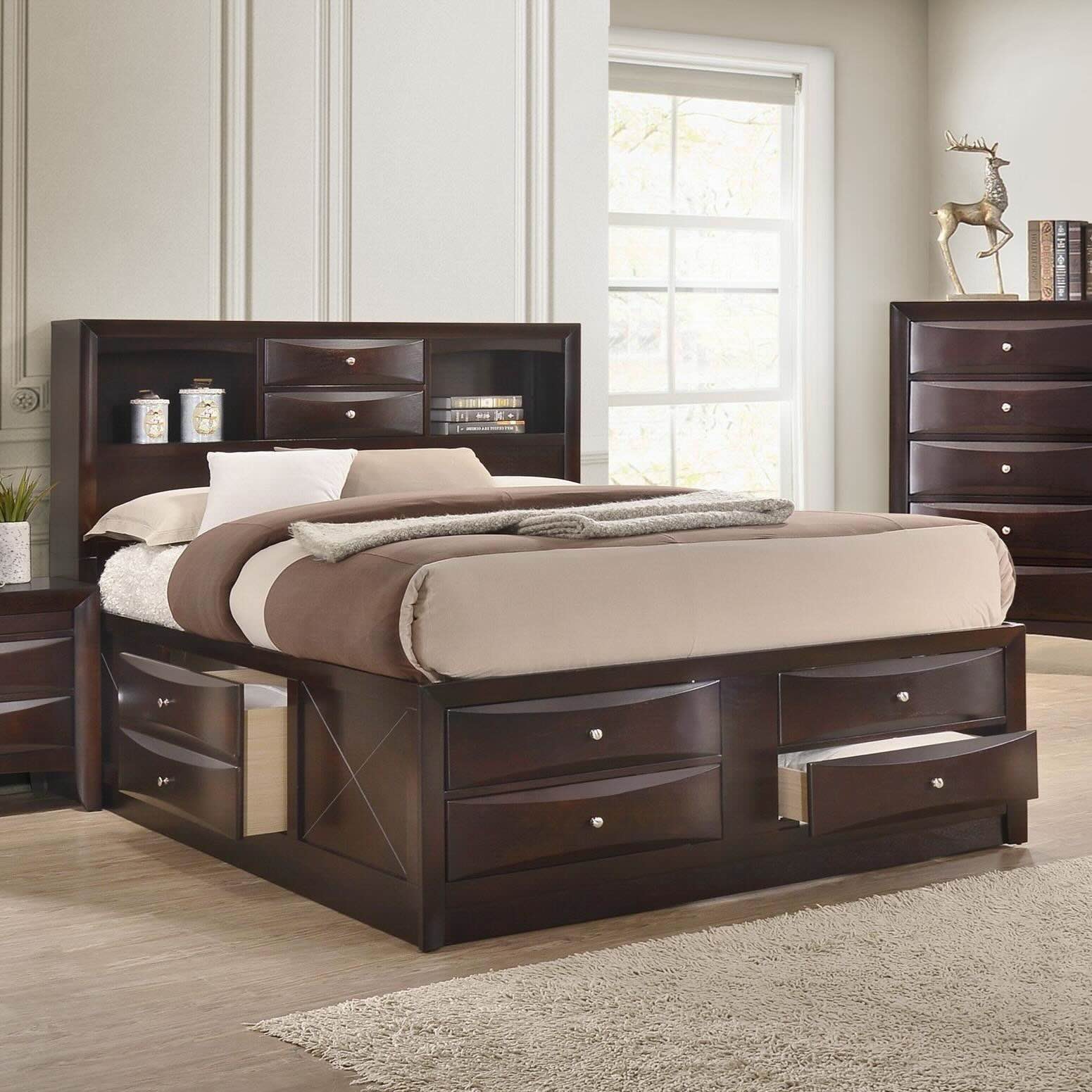
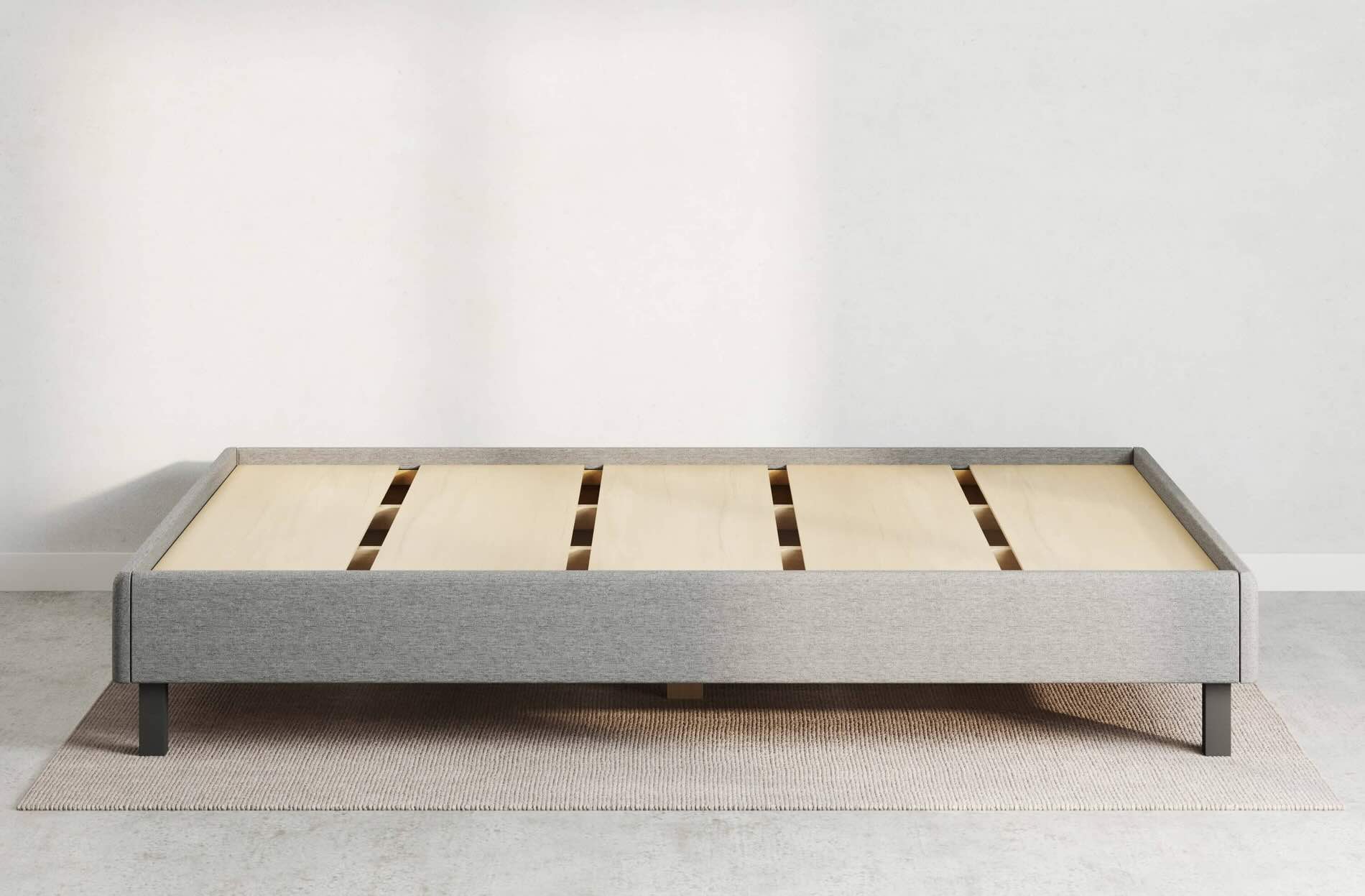
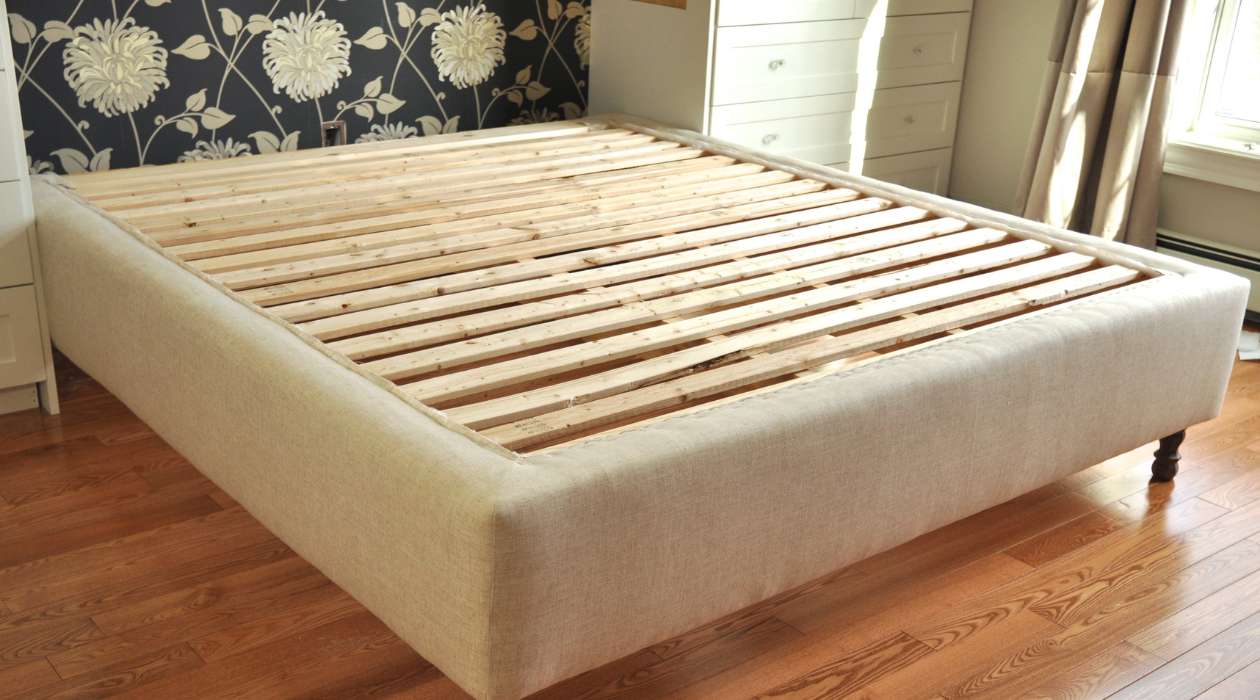
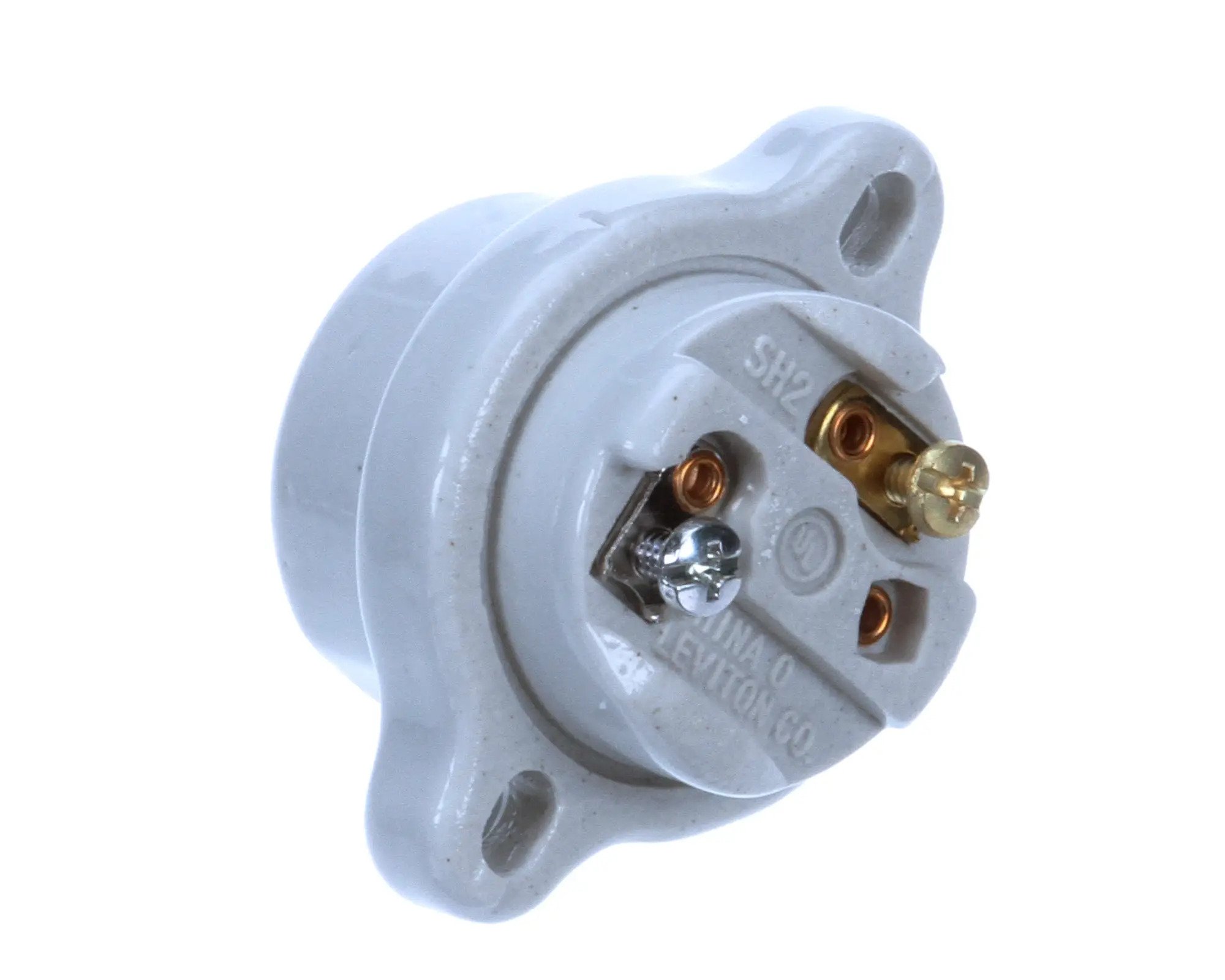
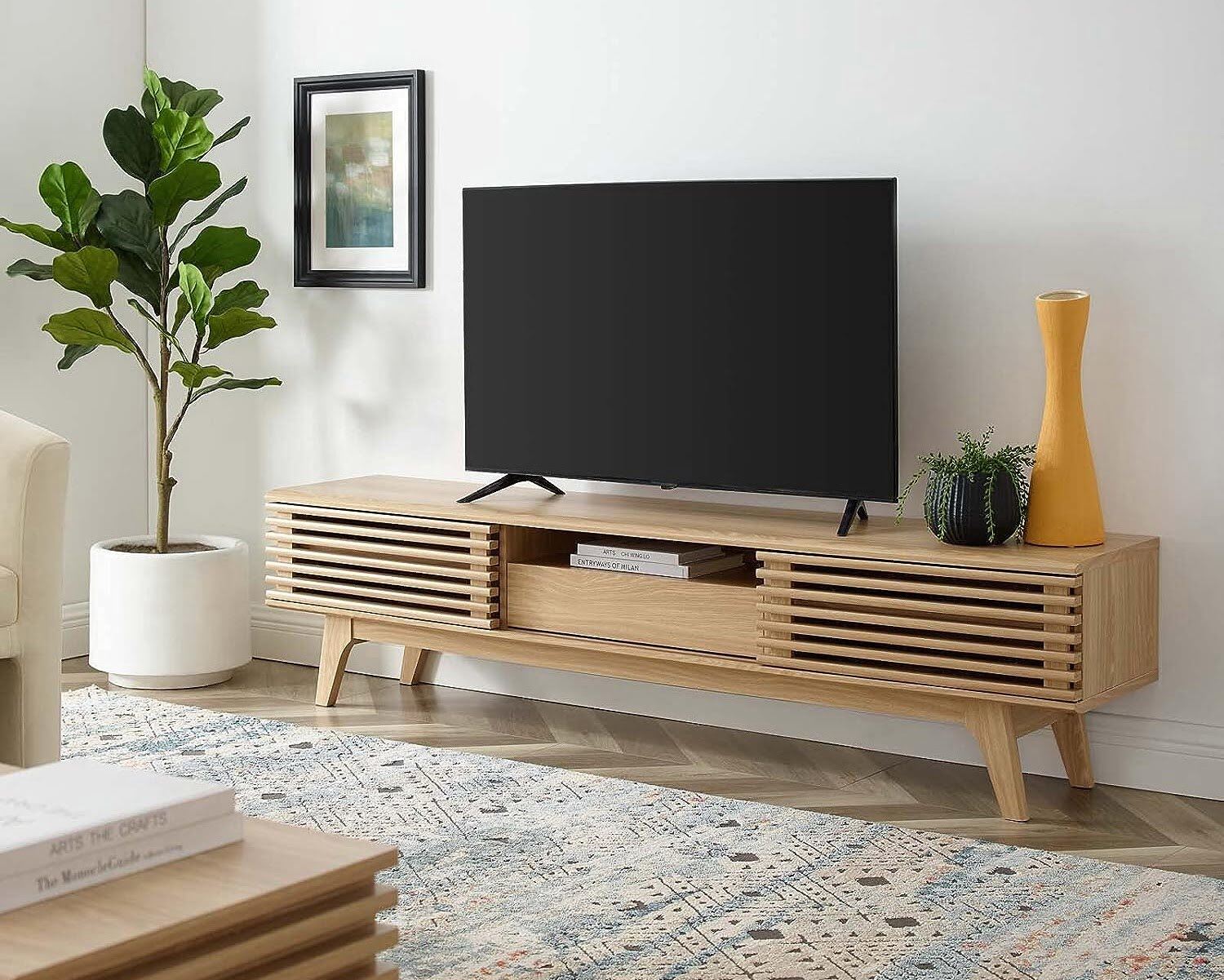
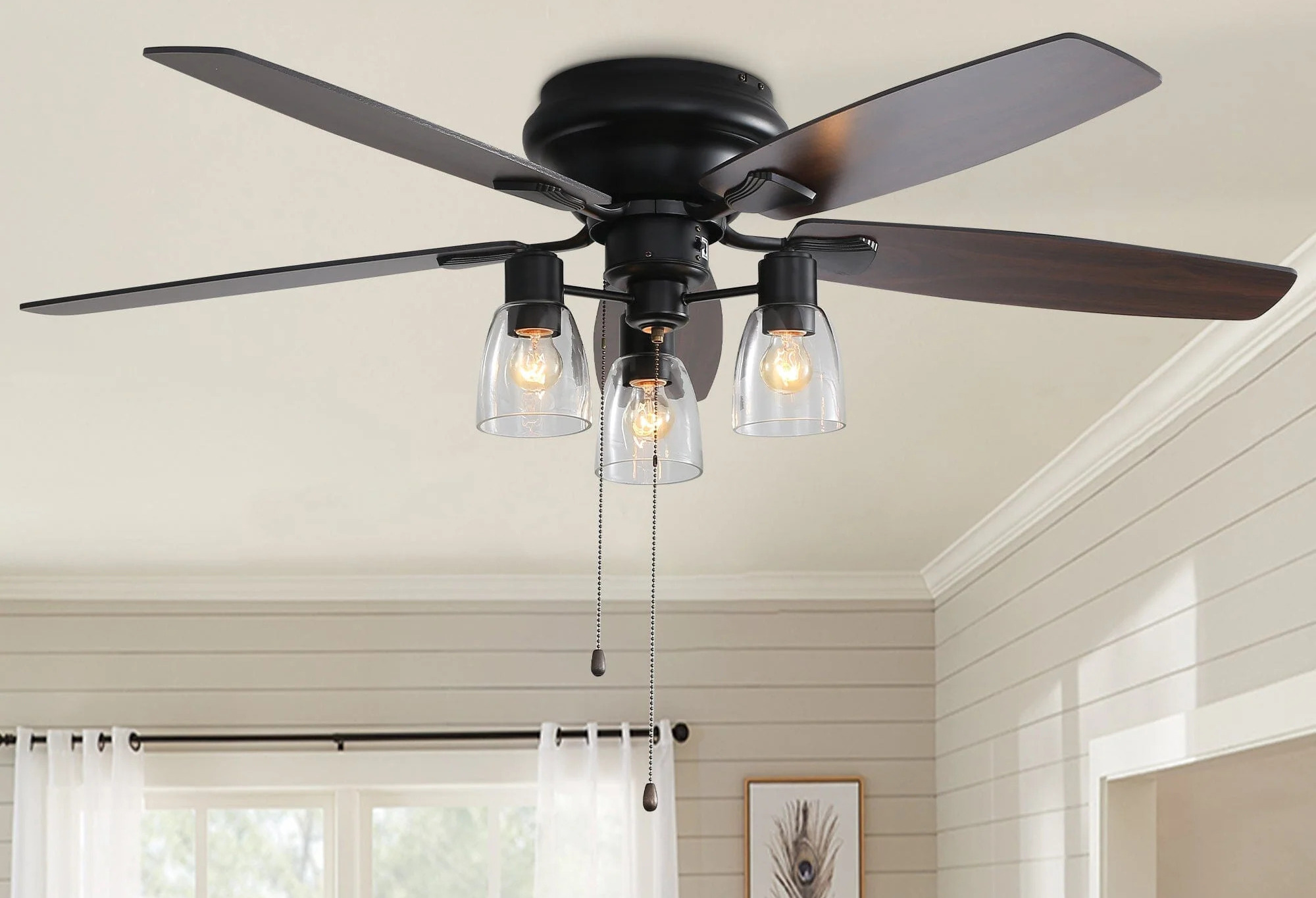
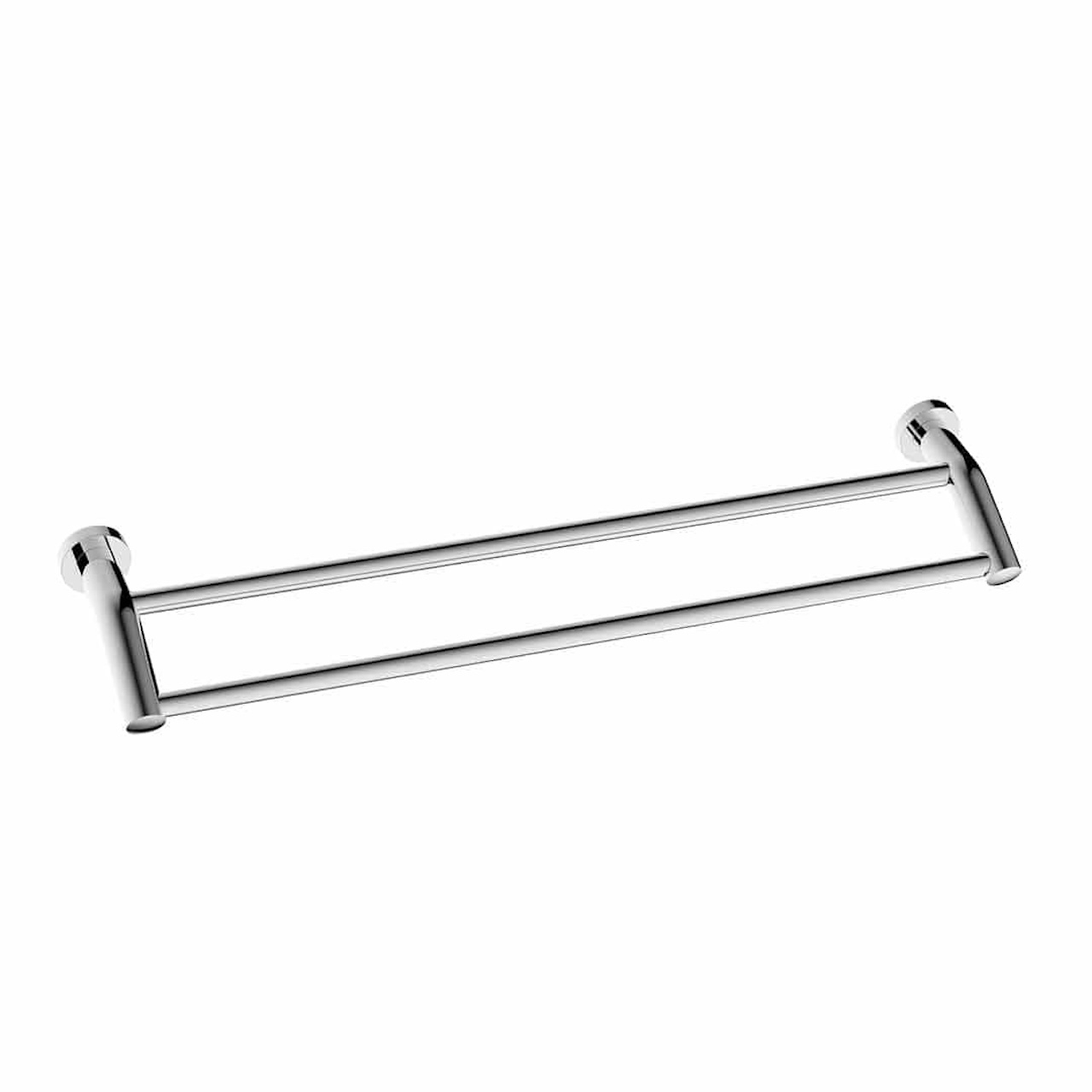
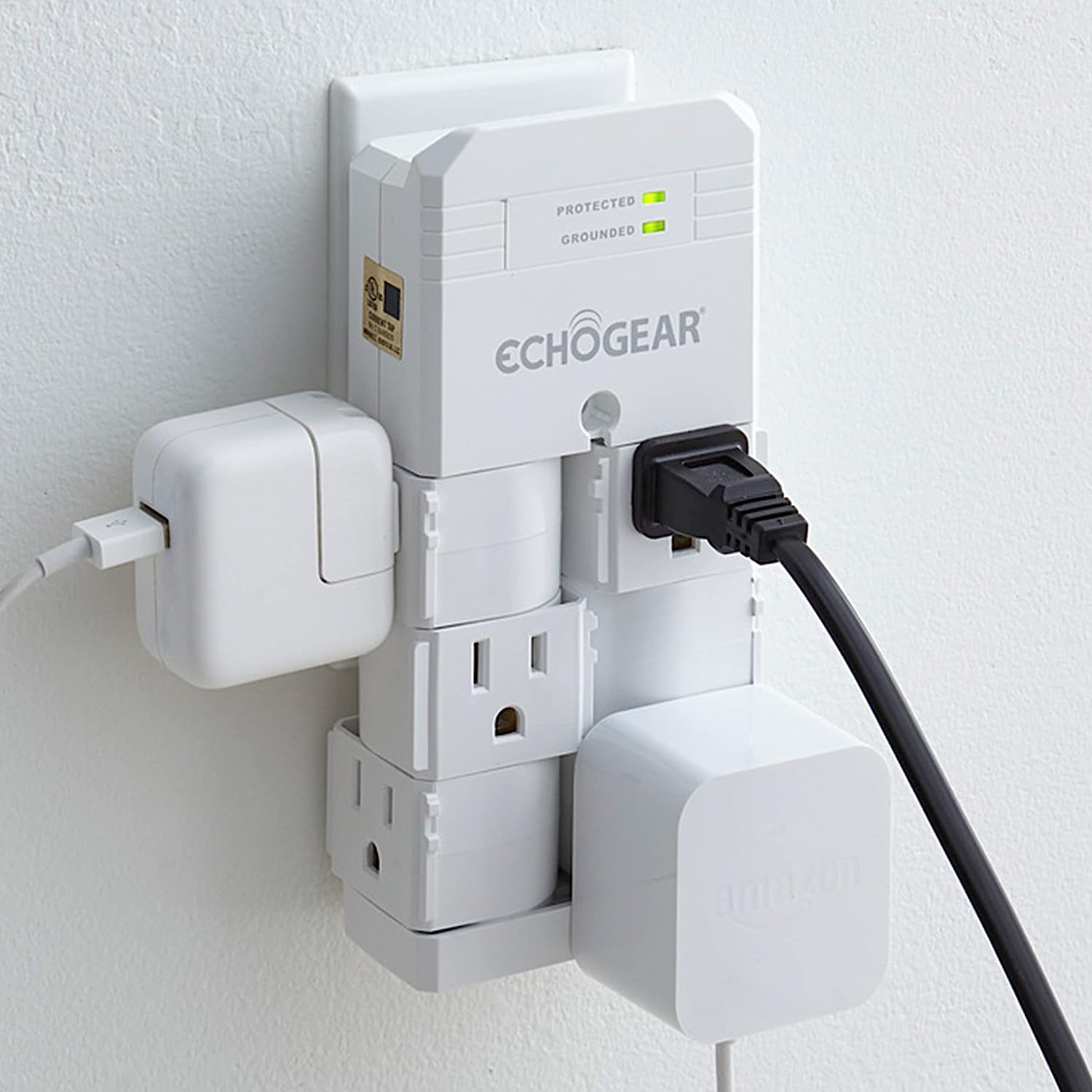

0 thoughts on “What Is A Low Profile Bed Frame”